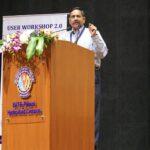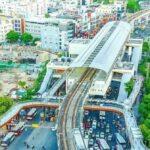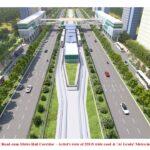A long-awaited dream for the denizens of Hyderabad finally came to an end with the operationalization of a rapid transit system called Hyderabad Metro Rail, in the year 2017. The Corridor I from LB Nagar to Miyapur and Corridor III from Nagole to Raidurgam have already become operational while Corridor II from MGBS to JBS had become operational in the year 2020.
This corridor connects two key bus terminuses of the city, namely the Mahatma Gandhi Bus Station (MGBS) and Jubilee Bus Station (JBS). The terminuses are strategically located and highly significant for the state’s transport sector providing road connectivity from Hyderabad to different regions of Telangana and other states through bus transport.
Linking core areas of Hyderabad with Secunderabad, this stretch is one of the busiest in the city and has been one of the arterial links of the twin cities, for many decades. Now a world-class transit system in the form of Hyderabad Metro has linked these two regions, spanning a distance of about 10 km with nine metro stations. The entire route is now covered by the metro in just 16 minutes when compared to the 40-minute journey by road. The corridor passes through some of the busy junctions and important localities like Musheerabad, RTC X Road, Chikkadpally, Narayanguda, Kacheguda, Badi Chowdi, Koti and Osmania Medical college. The metro rail project has now given a facelift to this dense corridor. The project is all set to provide a fresh, new impetus to development across the region, and is also expected to reduce the traffic woes.
There are two interchange stations, namely MGBS metro station that connects Corridor I and Parade Grounds station, that provides link to Corridor III. Despite the occurrence of Covid-19 pandemic and the lockdown, subsequently with the unlock measures there has been a growing patronage for this corridor, which is all set to become a crucial lifeline for public transport in the coming years.








